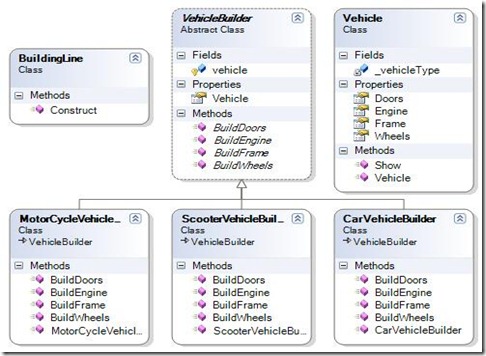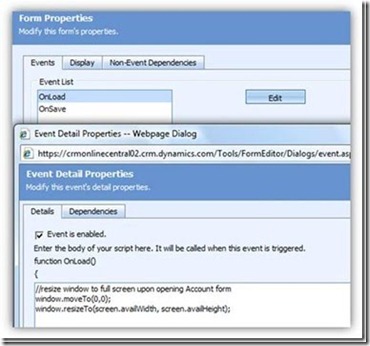What is CMS?
Computer management system (CMS) is computer software that is used to create, edit and publish contents of websites. Typically, CMS is used to store, control, versioning and publish industry-specific documentations such as manuals, guides, articles…etc. CMS’s users are supposed to edit and publish content of his own site without involving any technical resources. CMS system mainly contains 2 subsystems, which are: Content Management application (CMA) and the content delivery application (CDA).
What is Content Management Application (CMA)?
This subsystem allow content manager or content author, who have no technical background on HTML editing , to create, edit, delete content from website with no need for any technical resources.
What is Content Delivery Application (CDA)?
This subsystem is responsible about rendering the content that already managed by CMA on user’s browser.
CMS Features:
-
Store documents, videos and other type of electronic files.
-
Publishing feature of CMS allows users to choose a template from a pre-defined set of templates adopted by organization, as well as using wizards and other tools to manage web site contents. Format management feature of CMS is responsible about how to render documents into HTML or PDF formats.
-
Versioning feature of CMS allows users to update contents without losing the old contents. This feature enable users to get back to old contents any time and even restore it back to website as well as keep tracking of changes had been done on website contents.
-
Searching feature of CMS allows users to search for website contents by using keywords. This means that CMS system should indexes all data and website contents.
-
Identify the main users and their roles within CMS system.
-
The ability to assign specific security permission for a specific document.
-
Define workflows, tasks and even events messaging so that author of the content got notified of any change.
Why do you need CMS?
When your organization has a public website or an intranet site and this site has grown over the time. And much of the content of this site start being out-dated or inaccurate and you can’t find things. As well as you have to update the content of this site periodically with no need for technical resource. You start lost tracking of pages on your website.
Actually these problems are natural when you are using manual tools to edit your site… manual tools like Dreamweaver, Frontpage..etc.
CMS system is specifically designed to solve all of the above issues.
Benefits from using CMS:
-
Make editing your site easier and straightforward.
-
Your site will have a consistent look and feel.
-
Improved site navigation.
-
Increased security.
-
Reduced duplication of information.
-
Greater capacity for growth.
-
Reduced site maintenance costs.
-
Keep track of site changes.
-
Support your business goals and strategies, by improve Sales and user satisfaction as well as make communication with public more efficient.



